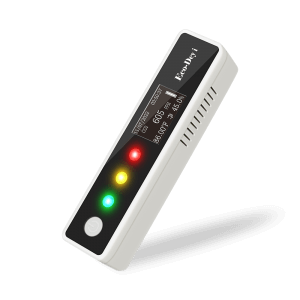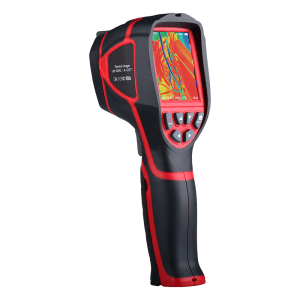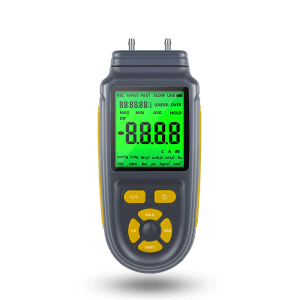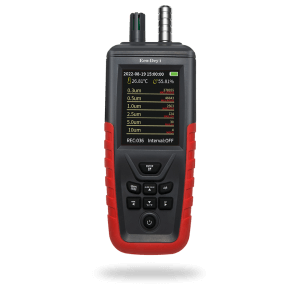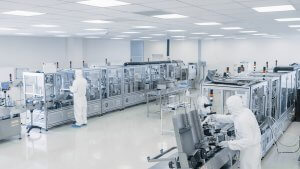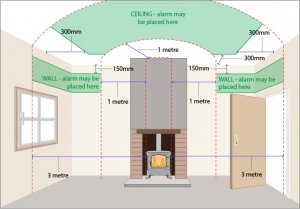Scientists from Wageningen University and Research Institute, Netherlands, have used Vaisala CO2 sensors for over ten years in their research greenhouses. Carbon dioxide is an extremely important measuring parameter in botany, not just because plants need CO2 in order to grow, but because emissions from the environment are contributing to climate change, and therefore there are enormous threats and opportunities surrounding this gas. The value of this research at this internationally-recognized institution partly depends on how accurate and reliable the CO2 sensors are. It is important that the quality of the sensors is not compromised.
Wageningen is one of the driving forces for the scientific research and technical developments of greenhouse gardening in the Netherlands. The plant research institute operates over 100 greenhouse compartments on their Bleiswijk site. Researchers are therefore able to create a large range of environmental conditions. Typical environmental variables are light, water, growing medium, nutrients, pest/disease (biological) control, temperature, humidity, and, of course, carbon dioxide (CO2); all these variables have significant effects on crop production. The Dutch horticultural sector is trying to become climate-neutral by 2040, and as such researchers at Wageningen have recently built a new demonstration greenhouse to grow vegetables, fruits, and flowers in order to discover ways of mitigating emissions.
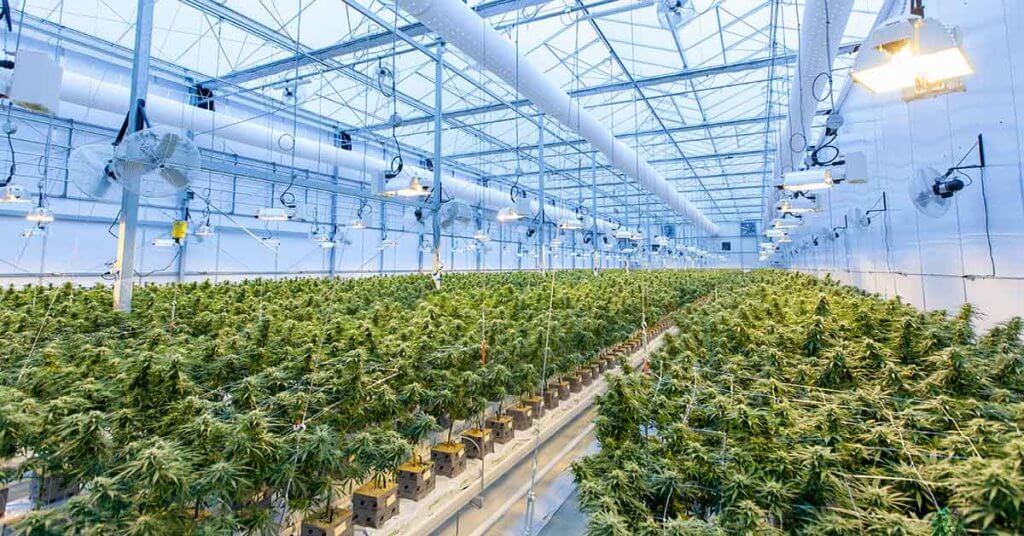
CO2 in the greenhouse
Carbon dioxide is the byproduct of many processes in the oil, gas, and petrochemicals industry, but it is also needed by plants for growth via photosynthesis. Dutch greenhouse operators, therefore, cooperated with the country’s industrial sectors in using this byproduct and thereby contributing to the fight against climate change by reducing the country’s net CO2 emissions.
Carbon dioxide was first delivered to Dutch greenhouses in 2005 through a network of pipes established by Organic Carbon Dioxide for Assimilation of Plants (OCAP). Commercial greenhouse operators paid for this supply of CO 2 which was mostly obtained from bioethanol plants.
One of the primary research efforts at the institute is aimed at optimizing CO2 usage, along with other variables, in the cultivation of plants. For instance, the Institute has developed a modeling tool to estimate CO2: “CO2-viewer”. This software tracks and displays the effects of the farmers dosing strategy. It then allows assessing CO2 dosing at midday as opposed to dosing done in the morning.
Carbon dioxide monitoring
After about 10 years in operation, the Institute replaced some 150 probes from an older model with the newer one. All the probes are calibrated prior to each project using certified benchmark gases. A hand-held CO2 meter is also used as a verification instrument for the installed probes, though no recalibration is required. Currently, the installed probes at the institute deliver signals between 4 and 20 mA, which are fed into the “climate computer” programs for automatic greenhouse management. This system also sends alerts should the CO2 levels for some reason get close to hazardous levels.
CO2 detector technology
Carbon dioxide absorbs light in the infrared (IR) region, with a wavelength of 4.26um. This means that as the IR radiation passes through the gas that contains CO2, part of the radiation is absorbed. This makes measuring that absorption possible. In addition to measuring the CO2 absorption, the FPI filter in the CO2 sensor allows reference measurements to be made at one wavelength when there is no absorption. When using the reference measurements, the FPI filter is electronically tuned to avoid absorption wavelengths. This baseline measurement offsets any potential changes in light source intensities, and also for any contaminant or mud accumulations along the optical path.
Two projects are now under way that will evaluate the impact of various CO2 levels on crop yield. One is looking at soft fruits, the other at tomatoes. However, because CO2 plays such a large role in plant growth and climate change, the significance of accurately measuring the gas continues to increase. Most greenhouses are now connected over Ethernet at the institute, and an increasing number of new sensors are being added constantly to the monitoring network, making it possible to deploy novel, “smart” sensors.
Conclusion
The precision, stability, and reliability of the CO2 gas monitors are of course vitally important for the success of the Institute’s research, not least since data from a single greenhouse is frequently compared to data from other greenhouses.
The provision of CO2 has costs; therefore, it is essential to keep track of and efficiently deliver this resource in order to optimize the plants output. It is evident that measures designed to reduce the use of fossil fuels and to develop more efficient energy management systems would help reduce CO2 emissions from activities generating greenhouse gases.

